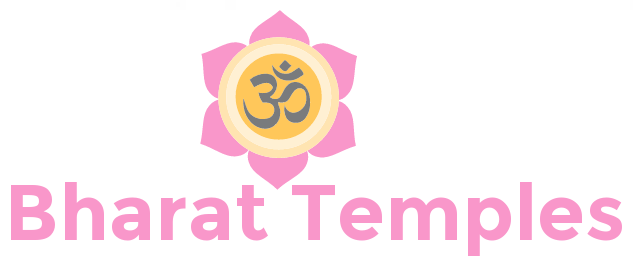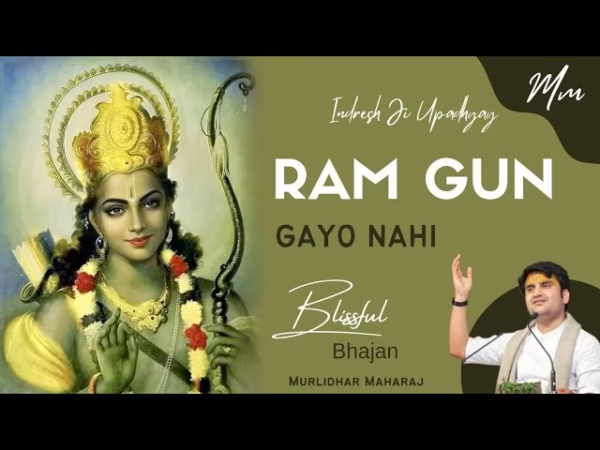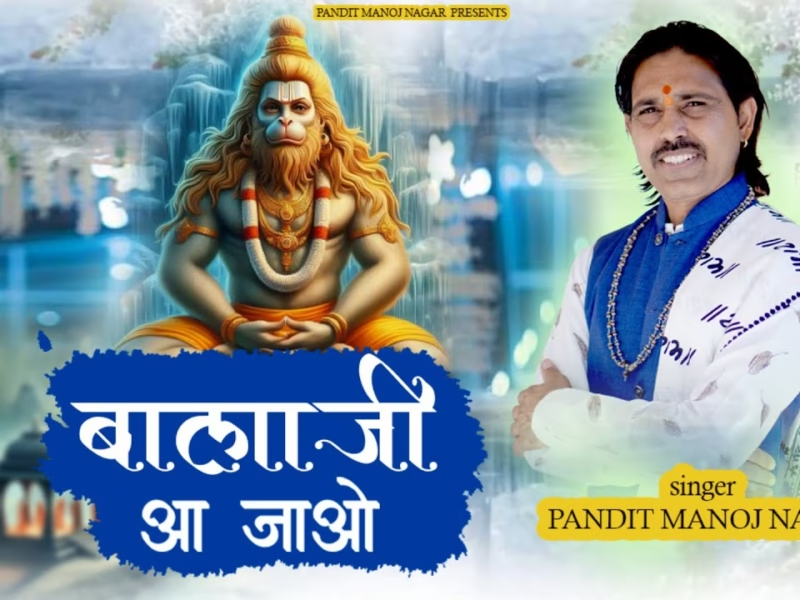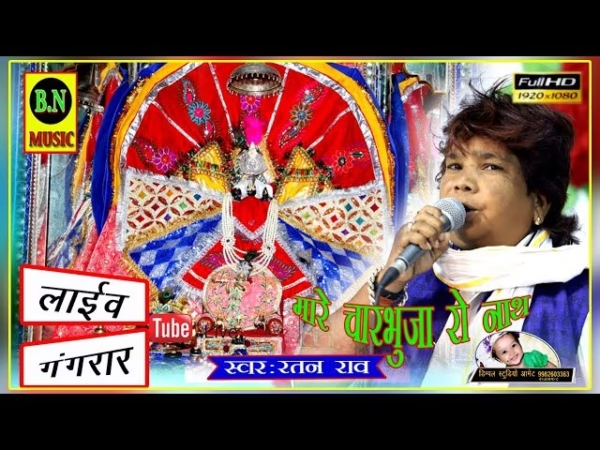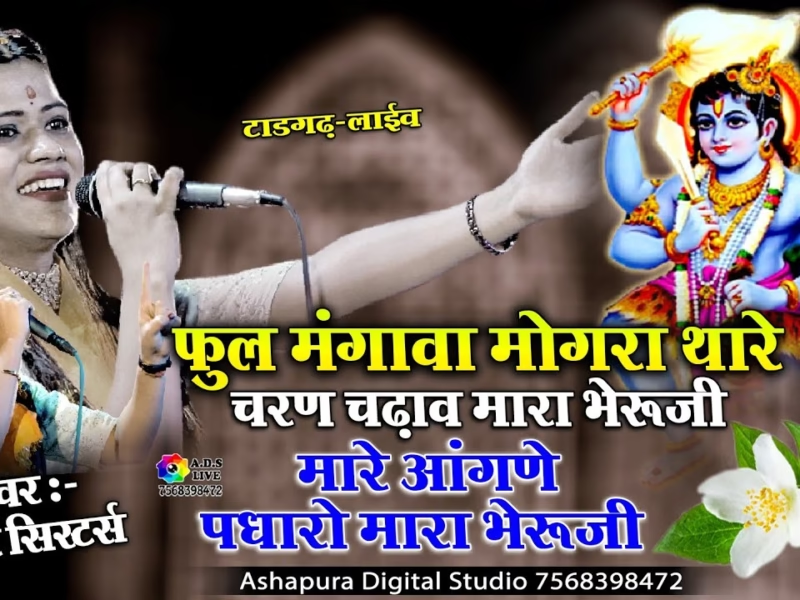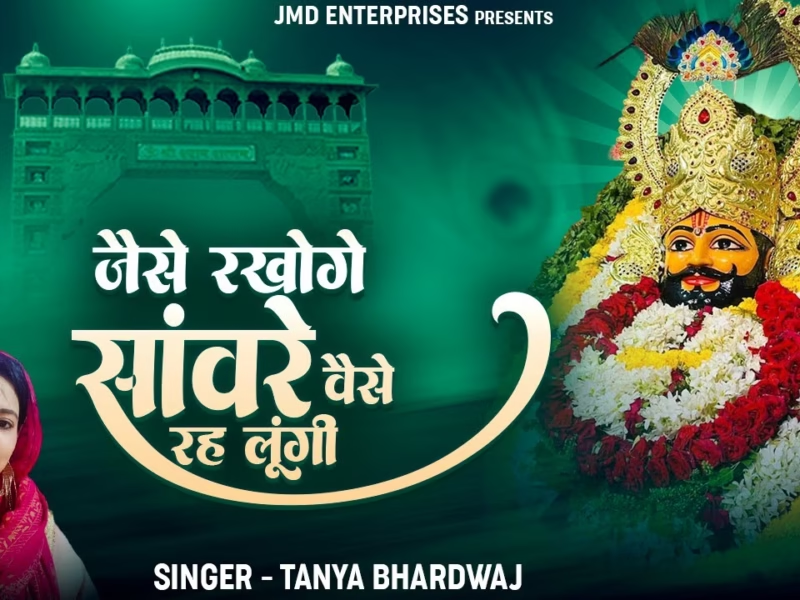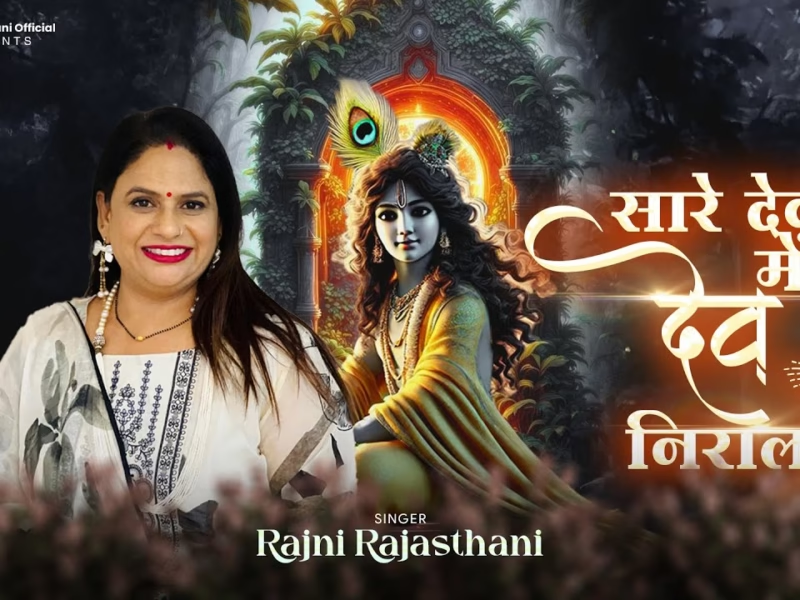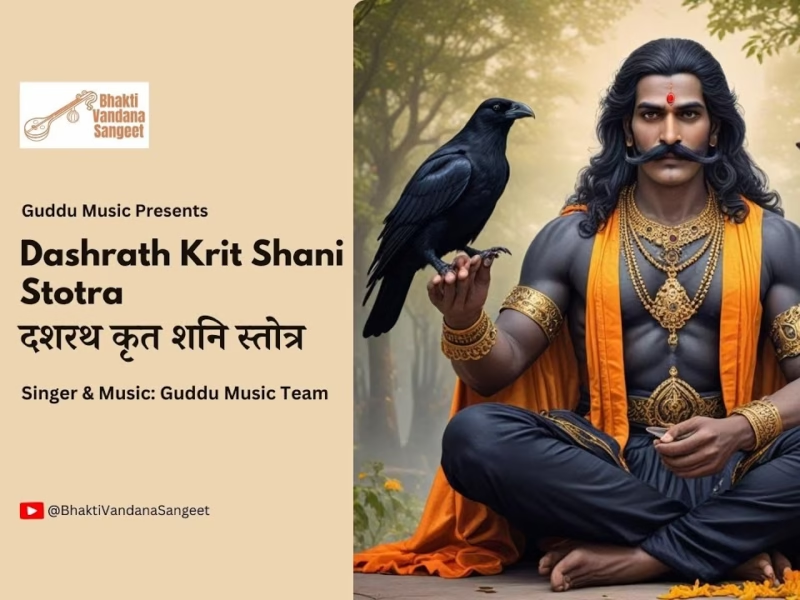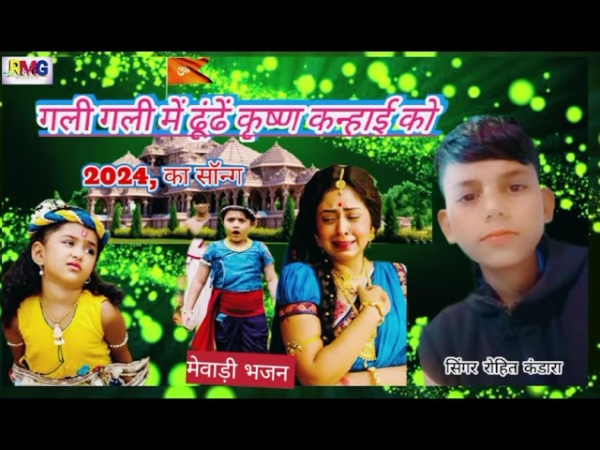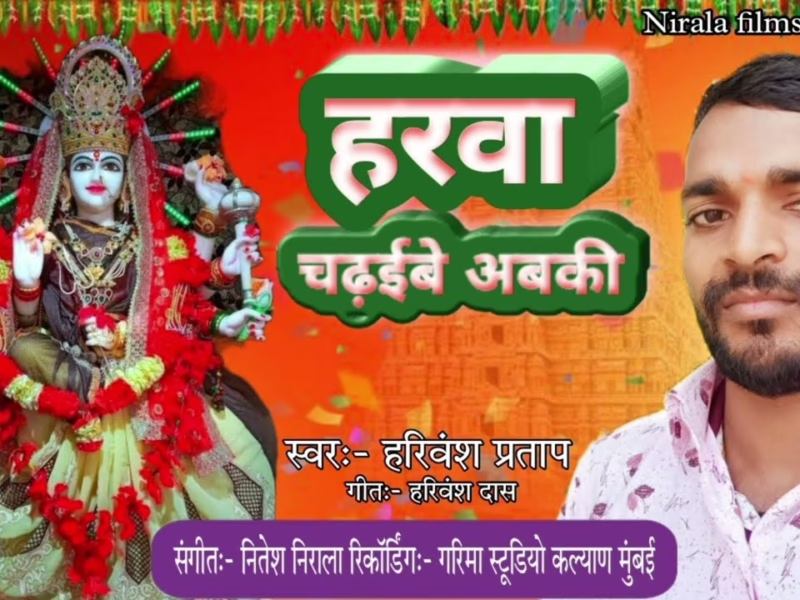Published by The Theosophical Publishing House, Chennai
Om ! Speech is rooted in my thought (mind) and my thought is rooted in my speech.
Be manifest, patent, to me; be ye two, for me, the lynch-pins of the Veda.
Let not Vedic lore desert me.
With this mastered lore, I join day with night.
I shall speak what is right; I shall speak what is true.
Let that protect me; let that protect the speaker.
Let that protect me.
Let that protect the speaker, protect the speaker !
Om ! Peace ! Peace ! Peace !
I-1: Then the Gods said to the Lord: Lord ! Expound for us the science of the Goddess of Prosperity.
I-2: The Lord, the primeval Narayana, replied: Be it so. With intent minds, all of you Gods, listen ! With the aid of the fifteen verses beginning with the verse ‘hiranyavarnam’ (of the hue of gold), etc., meditate on the four-armed Sri (the Goddess of Prosperity), whose form is that of the Fourth, who is beyond the Fourth, who is supreme over all, who is present in all consecrated seats, and who is encircled by the divinities of the seats, major and minor.
I-3: Now, the seers of the hymn on Sri consisting of fifteen verses are Ananda, Kardama, Chiklita and Indirasuta. Of the first verse, the seer is Sri. Of the (next) fourteen verses, the seers are Ananda etc. Of the first three verses, ‘hiranyavarnam’, etc., the metre is Anustubh. Of the verse ‘kamso’smi’, the metre is brihati, of the two others Tristubh (is the metre); of the next eight the metre is Anustubh. Of the remainder, the metre is Prastarapankti. The divinity is the Fire which is Sri. The seed is ‘hiranyavarnam’. The power is ‘kamso’smi’. The consecration of the limbs is (effected) with the words hiranmaya chandra rajatasraja hiranyasraja hiranya hiranyavarna, beginning with Om, ending with Namah (i.e. salutation), and having the nouns declined in the dative case. Next (follows) the consecration of the limbs with the triads of faces. With the verses of the Srisukta themselves consecrate, in order, the head, the eyes, the ears, the nose, the face, the neck, the two arms, the heart, the navel, the privies, the thighs, the knees and the shanks.
I-4: Seated in the spotless lotus
Coloured as its pollen heaps
Bearing in her lotus palms
Lotus pair and symbolled promise
Of fear dispelled and boons bestowed;
With jewelled crown and ornaments diverse
Wondrously adorned – Let Sri,
Mother of the world entire,
Promote our fortunes ever.
I-5: Her seat: With the goal kept in view, set down in the pericarp the seed-syllable’ of Sri; and in the eight-petalled, twelve-petalled, and sixteen-petalled lotuses, the half verses of the Srisukta (hymn on Sri); outside it (the sixteen-petalled lotus), (set down) the verse ‘yah sucih’, etc., together with the alphabet (from a to la); (and outside, and all around) set down the ‘seed-syllable’ of Sri. Also, draw the ten limbs of the diagram. Then invoke the Goddess Sri.
I-6: With the limbs (e.g. ‘SRAN salutation to the heart’), the first encasing (is accomplished); with Padma, etc., the second encasing; with the mantras of the Lords of the world, the third; with those of their weapons, the fourth encasing. With the hymn of Sri, invocations, etc., (must be made). Sixteen thousand utterances (of the hymn must be made).
I-7: Of the monosyllabic incantation of Rama, the Goddess of Prosperity, the seer, metre and deity are Bhrigu, Nicird-Gayatri and Sri. The power of the seed is SAM. The six limbs are SRIM, etc.
I-8: Abiding in the lotus, lotus-eyed,
Her home Sri Padmanabha’s breast;
Her hands of lotus pair uphold,
And surety of gifts and fear dissolved.
Shining like to burnished gold
Bathed in waters held in jars
By trunks of elephant pair agleam
Like white and spotless clouds;
Her crown with clustered gems bedecked
In silk exceeding pure enrobed
With sweet unguents anointed
May Sri our welfare still promote.
I-9: Her seat: The seat of Rama (the Goddess of Prosperity] consists of eight petals, three circles, divisions comprising twelve houses, and four sides. In the pericarp (are inscribed) the seed of Sri, keeping the goal in view. Worship the nine powers with the words ‘prosperity’, ‘elevation’, ‘glory’, ‘creation’, ‘honour’, ‘humility’, ‘individuality’, ‘upliftment’, and ‘welfare’ in the dative case, each having Om in the beginning and Namah (salutation) in the end.
I-10: The first encasing is done with the limbs; the second with Vasudeva, etc.; the third with Balaki, etc.; the fourth with Indra, etc. The utterance (of the incantation has to be repeated) twelve lakhs of times.
I-11: Sri Lakshmi, the giver of boons, the spouse of Vishnu, the donor of wealth, of golden form, is decked with a garland of gold, and a chaplet of silver. She has the sheen of gold, is in a fortress of gold, and dwells in the lotus. She holds a lotus in her hand and loves the lotus. The pearl adorns her. She is the moon-goddess and the sun-goddess, is fond of bilva leaves and is mighty. She is enjoyment, release, prosperity, increase, true increase, the ploughing (and the) development. She is the giver of wealth and the mistress of wealth. She is faith, rich in enjoyments, the giver of enjoyments, the upholder, the ordainer – these and similar terms in the dative case, with Om in the beginning and Namah in the end, are the mantras. The seat has eight limbs with the monosyllable inscribed on it. A lakh (in number) are the utterances (of the incantations). The proposition is (made with) a tenth (of the lakh). The oblation is (made with) a hundredth part. The gratification of the twice-born is (won with) a thousandth part.
I-12: Adeptship in the science of Sri is reserved for those who are free from desires; never for those who cherish desires.
II-1: Then the gods said to Him: Expound the principle indicated by the fourth (i.e. the final) Maya. ‘Be it so’, said He:
Yoga through yoga must be known;
From yoga, yoga does increase;
Who through yoga is ever alert,
That Yogin long delights therein.
II-2: Awake from sleep, eating but little
When food consumed is digested aright,
At ease be seated in a spot secluded,
Untroubled by pests, ever free of desire –
Such is effort. Else restrain the breath
And stray not from the path of practice.
II-3: Filling the mouth with breath, and in Fire’s seat
Drawing the down-breath, there arresting,
With fingers six of hands, from thumbs commencing
Stopping the ears, eyes and nostrils, too,
Yogins behold along this way
The inner light; their minds wrapt in the course
Of varied musings on the sacred Om.
II-4: Ears, mouth, eyes and nostrils must, perforce,
Be by yoga stopped;
Clear and flawless then is heard the note
In cleansed Susumna’s channel.
II-5: In Anahata, then,
Resonant with strange notes, a sound is heard.
Sacred becomes the yogin’s body; thus
With splendour filled and odour heavenly
He is ill no longer;
II-6: His heart is filled;
When heart-space resounds, a Yogin he
Becomes; snapping the second knot, flows
At once the breath to middle region.
II-7: Poised in lotus seat and others, too,
Firm established must the Yogin be.
The knot of Vishnu, then rent asunder
Delight wells up supreme.
II-8: Beyond Anahata, ‘the unstruck note’,
Rises the drum’s resounding sound;
With energy, piercing Rudra’s knot
The maddala’s note is heard.
II-9: The vital breath moves on to Largest Space,
The sure abode of all perfections; thence,
Ignoring mind’s delight, the breath pervades
All yogic seats.
II-10: Yoga achieved, the all-pervading sound
Tinkles and hence is ‘the tinkler’ styled.
Then, integrated, the mind is adored
Of sages like Sanaka and the rest.
II-11: Identifying the finite with the infinite,
The fragments with the Whole, one meditates
On the vast Source; thus fulfilment found
One immortal becomes.
II-12: Through unity with Self, prevent contact
With others; so too, through Self’s being
Oppose ought else’s self; thus, becoming
Truth supreme, of all dualities free,
Supreme is one for ever.
II-13: Renounce the sense of I; yea,
Of this world, of appearance so unlike.
Never again is sorrow for the sage,
Rooted in Truth transcendent.
II-14: Like salt in water melted and fused,
So self and mind in oneness are blended.
That concentration is styled.
II-15: Breath dwindles and mind dissolves
And Bliss homogeneous is found.
This is concentration.
II-16: Fusion of lower and higher selves
Free from all imaginings,
Is styled concentration.
II-17: Rid of the light of wakefulness,
And of the mind that dreams;
Rid of sleep that knows none other,
Free of all that causes pain;
Total void without reflections –
Such is concentration.
II-18: Through ceaseless concentrated sight
When thought of body there is nought;
Then unstirring Self is realized –
This, concentration is called.
II-19: Whithersoever the mind wanders
There, just there, is the prime abode;
There, just there, is supreme Brahman
That abides alike everywhere.
III-1: Next, the gods said to Him: Teach us how to discern the nine wheels. ‘Be it similarly’, said He: At the base is the wheel of Brahman shaped like a threefold circle of waves. In that root is a power. One should meditate on it in the form of fire. Just there is the seat in the form of desires; it yields the objects of all desires. Such is the basic wheel.
III-2: The second is the wheel of Svadhisthana; it has six petals. In the centre of it is a west-faced phallus. One should meditate on it as resembling a sprout of coral. Right there is the ‘seat of the girdle’, yielding the power to attract the world.
III-3: The third is the wheel of the navel, a wide whirlpool with a form crooked like a serpent’s. Meditate in its centre on the ‘serpent power’, effulgent like a crore of rising suns and resembling lightning. It has the power of competence and yields all perfections. It is the wheel (called) Manipuraka.
III-4: The wheel of the heart has eight petals and it faces below. In its centre, on the phallus of light, one should meditate. The symbol (of the divine Power), here, is the swan. She is beloved of all and enchants all the worlds.
III-5: The wheel of the throat (extends over) the breadth of four fingers. There on the left is Ida, the moon-nerve; on the right is Pingala, the sun-nerve. In its centre, on Susumna of fair colour, one should meditate. Who knows thus becomes the donor of the perfection of Anahata (‘the unstruck note’).
III-6: The wheel of the palate: There flows the immortal elixir; the image of the tiny bell is in the orifice whence is suspended ‘the royal tooth’ (the uvula) the tenth opening. One should meditate on the void there. The dissolution of the mind-stuff takes place.
III-7: The seventh, the wheel of the brow, is of the measure of the thumb. There, on the eye of knowledge, shaped like a tongue of flame, one should meditate. That is the root of the skull, the wheel of Ajna, the giver of power over words.
III-8: The Brahman-orifice is the wheel of nirvana. There should one meditate on the opening shaped like a thread of smoke, thinner than a needle. There is the seat of meshes, the yielder of release. Therefore, it is the wheel of supreme Brahman.
III-9: The ninth is the wheel of space. There is the lotus with sixteen petals, facing upwards. Its pericarp in the middle is shaped like the ‘‘riple peaks’’(the centre of the eyebrows). In its centre one should meditate on the upgoing power, the supreme void. There indeed is the seat of the ‘full mount’, the instrument of fulfilment of all desires.
III-10: Whoso constantly studies this Upanishad is purified by fire and by air; he comes in possession of all wealth, grains, good sons, wife, horses, lands, elephants, animals, she-buffaloes, female attendants, yoga, and knowledge. No more does he return. Such is the mystic doctrine.
Om ! Speech is rooted in my thought (mind) and my thought is rooted in my speech.
Be manifest, patent, to me; be ye two, for me, the lynch-pins of the Veda.
Let not Vedic lore desert me.
With this mastered lore, I join day with night.
I shall speak what is right; I shall speak what is true.
Let that protect me; let that protect the speaker.
Let that protect me.
Let that protect the speaker, protect the speaker !
Om ! Peace ! Peace ! Peace !
Here ends the Saubhagya-Lakshmi Upanishad, included in the Rig-Veda.
